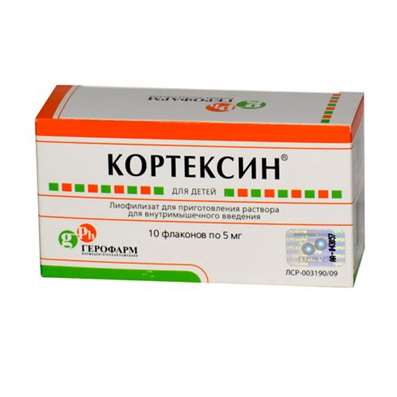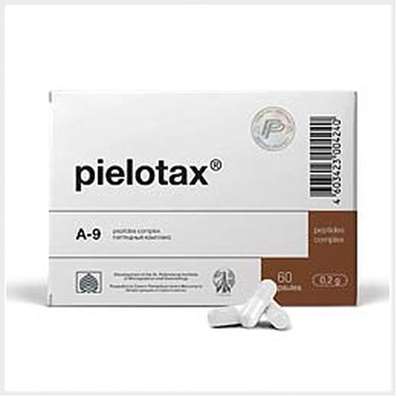Instruction for use: Inonotus Obliquus (Inonotus obliquus)
I want this, give me price
Pharmacological group
Other non-narcotic analgesics, including non-steroidal and other anti-inflammatory drugs
Genotoninizing agents and adaptogens
Nosological classification (ICD-10)
C80 Malignant neoplasm without specification of localization
Malignant tumor, Malignant neoplasm, Malignant neoplasms of different localization, Malignant tumors, Eton-Lambert syndrome, Locally prevalent forms of malignant neoplasms, Metastatic ascites, Cerebellar degeneration in tumors, Hereditary cancers, Metastatic tumors, Cancer ascites, Solid tumors
K22.4 Dyskinesia of the esophagus
Hypermotor dyskinesia of the esophagus, Spastic dyskinesia of the esophagus, Crispy esophagus
K25 Gastric ulcer
Helicobacter pylori, Pain syndrome in gastric ulcer, Pain syndrome in gastric ulcer and duodenal ulcer, Inflammation of the gastric mucosa, Inflammation of the gastrointestinal mucosa, Benign gastric ulcer, The disease of the stomach and duodenum, asotsiirovannoe with Helicobacter pylori, Aggravation gastroduodenita on the background of peptic ulcer, Exacerbation of peptic ulcer, The aggravation of gastric ulcer, The organic gastrointestinal disease, Peptic ulcer of the stomach and duodenum, Postoperative gastric ulcer, Recurrent ulcers, Symptomatic gastric ulcers, Chronic inflammatory disease of the upper gastrointestinal tract, associated with Helicobacter pylori, Helicobacter pylori eradication, Erosive and ulcerative lesions of the stomach, Erosive lesions of the stomach, The erosion of the gastric mucosa, Peptic ulcer disease, Stomach ulcer, Gastric lesion, Ulcerative lesions of the stomach, Symptomatic ulcers of the stomach and duodenum
K29.5 Chronic gastritis, unspecified
gastroenteritis, Metaplasia gastric mucosa, The pain in chronic gastritis with high acidity, chronic Gastritis, Gastroenteritis, Acute gastroenteritis, Chronic gastritis, Chronic diseases of the digestive system, Chronic autoimmune gastritis, Chronic gastritis, Chronic gastritis in acute stage, Chronic gastritis with normal secretory function, Chronic gastritis with normal secretory function of the stomach, Chronic gastritis with normal secretion, Chronic gastritis with increased and normal gastric secretory function, Chronic gastritis with secretory function, Chronic gastritis with increased secretion, Chronic gastritis with secretory function of the stomach, Chronic gastritis with a reduced secretory function, Chronic gastritis with secretory insufficiency
K59.8.1 * intestines Dyskinesia
Pain smooth muscle spasm, Pain spasm of smooth muscles (renal and biliary colic, intestinal spasms, dysmenorrhea), Pain spasm of smooth muscles of internal organs, Pain spasm of smooth muscles of internal organs (kidney and biliary colic, intestinal spasms, dysmenorrhea), intestinal hypomotility, Hypotonic dyskinesia of the colon, GIT Dyskinesia, Dyskinesia gastrointestinal atony with events,colon Dyskinesia,Gastrointestinal spasm, Intestinal colic, Colic in infants, Spastic bowel dyskinesia, Spastic colon dyskinesia, Baby colic
K82.8.0 * Dyskinesia of the gallbladder and biliary tract
Biliary obstruction, Biliary reflux gastritis, Biliary reflux esophagitis, biliary sludge, Pain smooth muscle spasm, Pain spasm of smooth muscles (renal and biliary colic, intestinal spasms, dysmenorrhea), Pain spasm of smooth muscles of internal organs, Pain spasm of smooth muscles of internal organs (kidney and biliary colic, intestinal spasms, dysmenorrhea), Gipermotornaya biliary dyskinesia, Hypokinesia of the gall bladder, Hypokinetic dyskinesia of the gallbladder, Biliary dyskinesia, Dyskinesia of the gallbladder,Dyskinesia of biliary tract, biliary colic, Bile reflux,Violation of bile secretion, Violation of the outflow of bile, Subacute and chronic diseases of the biliary tract, The spasm of the biliary tract, Biliary tract spasm, Spastic biliary dyskinesia, Spasmodic dyskinesia of the gallbladder, Spastic condition of the gastrointestinal tract
Characteristics of substance Inonotus Obliquus
Chaga (black birch mushroom, Fungus betulinus) - sterile form of phytopathogenic fungus - tinder with oblique (oblique, oblique) - Inonotus obliquus (Pers.) Pil. F. Sterilis (Van.) Nikol. of the family. Hymenocaetaceae. It develops in the form of growths on birch trunks.
As medicinal raw materials used collected throughout the year, freed from the remains of wood, chopped into pieces and dried out growths of barren form, collected from birches.
Whole raw materials are pieces of various shapes up to 10 cm in size. The outer layer of the build-up is black, strongly cracked, the inner layer is dark or brownish brown with fine yellow veins, the number of which increases to the inner side. The fungus tissue is dense, firm. The smell is absent, the taste is bitter.
Crushed raw materials are pieces of raw material passing through a sieve with holes of 7 mm in diameter (the content of particles that do not pass through a sieve with holes of 7 mm in diameter is not more than 4%, particles passing through a 0.2 mm sieve, not more than 18%).
The color is dark brown, there is no smell, the taste is bitterish.
The quality of raw materials is determined by the size of the middle part of the build-up.
The composition of the chaga is not fully identified. Contains water-soluble pigments forming a chromogenic polyphenolcarbon complex, resins, agaricic acid, alkaloids, triterpinoid, inotodiol, flavonoid of composition C20H16O8, etc., manganese.
Whole raw materials (humidity not more than 14%) contain a chromogenic complex of at least 10%; ash total not more than 14%; organic impurities, birch bark, wood residues, incl. separated by analysis, not more than 1%.
Crushed raw materials (humidity not more than 14%) contain a chromogenic complex of at least 10%; ash total not more than 14%.
In medical practice it is used in the form of infusion and tincture. It is part of the preparation Befungin, released as a solution for ingestion and containing, in addition to the semi-thick extract of chaga, cobalt chloride or cobalt sulfate.
Pharmacology
Pharmacological action - tonic, normalizing the functions of the digestive tract, analgesic.
Has a tonic and analgesic effect. Improves the general condition of cancer patients, normalizes the activity of the gastrointestinal tract, reduces sweating (the effect of agaric acid).
Application of Inonotus Obliquus
As a symptomatic tool for malignant neoplasms of different localization to improve the general condition of patients and reduce pain, as an analgesic and tonic for chronic gastritis, dyskinesias of the gastrointestinal tract, with peptic ulcer disease (without exacerbation).
Contraindications
Hypersensitivity, pregnancy, the period of breastfeeding, children's age.
Side effects
Allergic reactions.
Routes of administration
Inside.
special instructions
When taking chaga, it is recommended to prefer milk and vegetable diet, restricting the intake of fats and meat, excluding smoked products, sausages, spicy seasonings, canned food.
Infusion can be stored in the refrigerator for no more than 4 days.

 Cart
Cart





